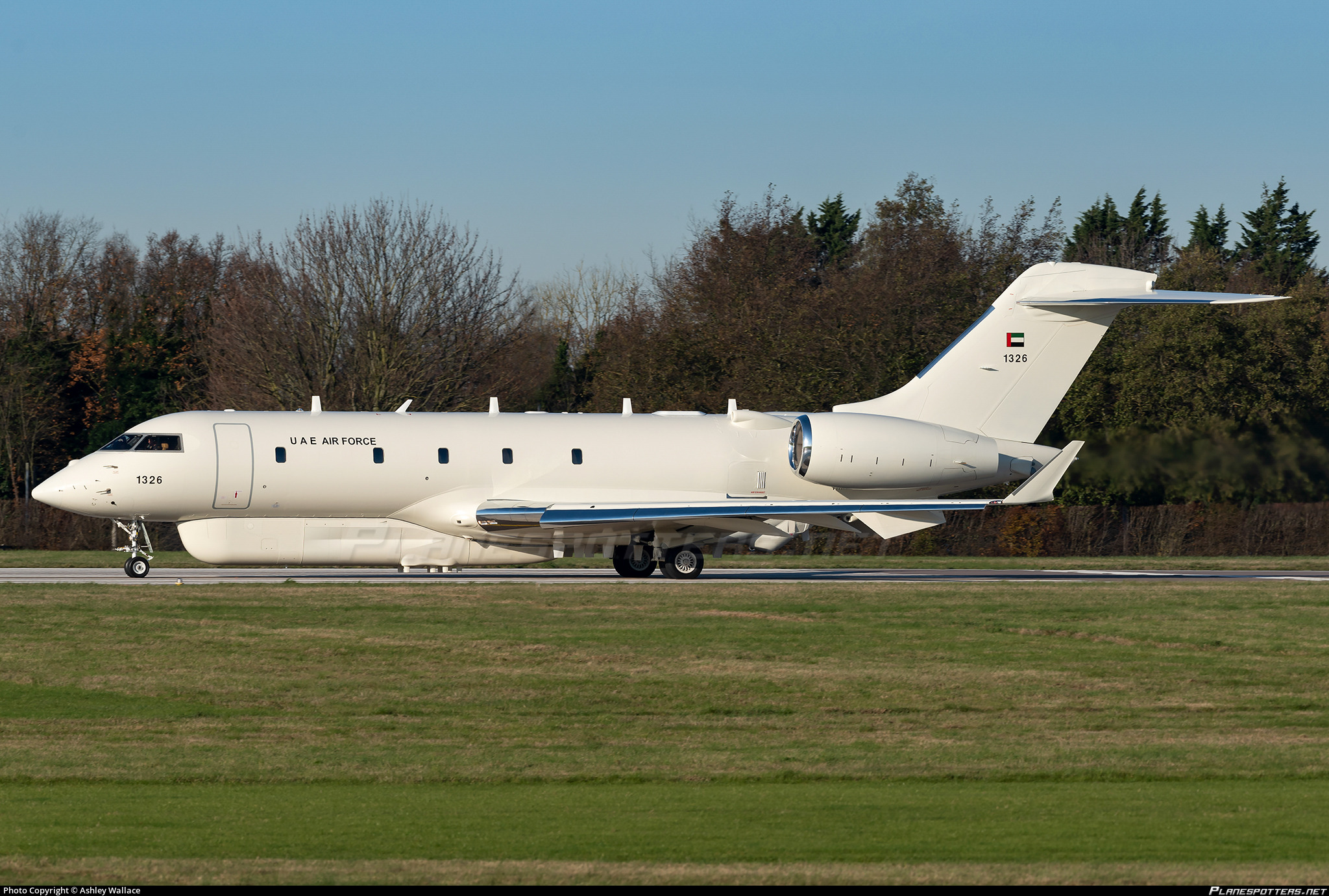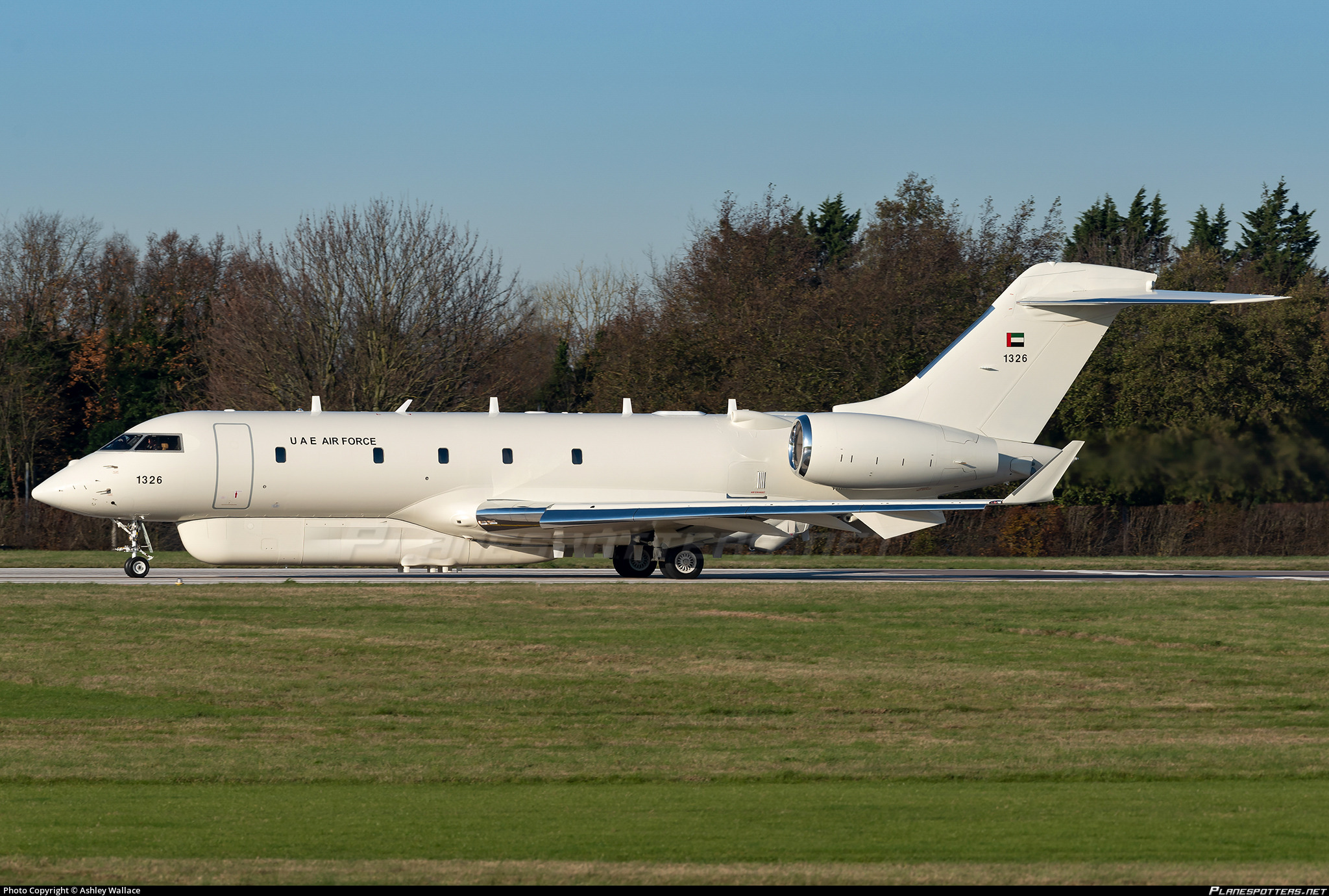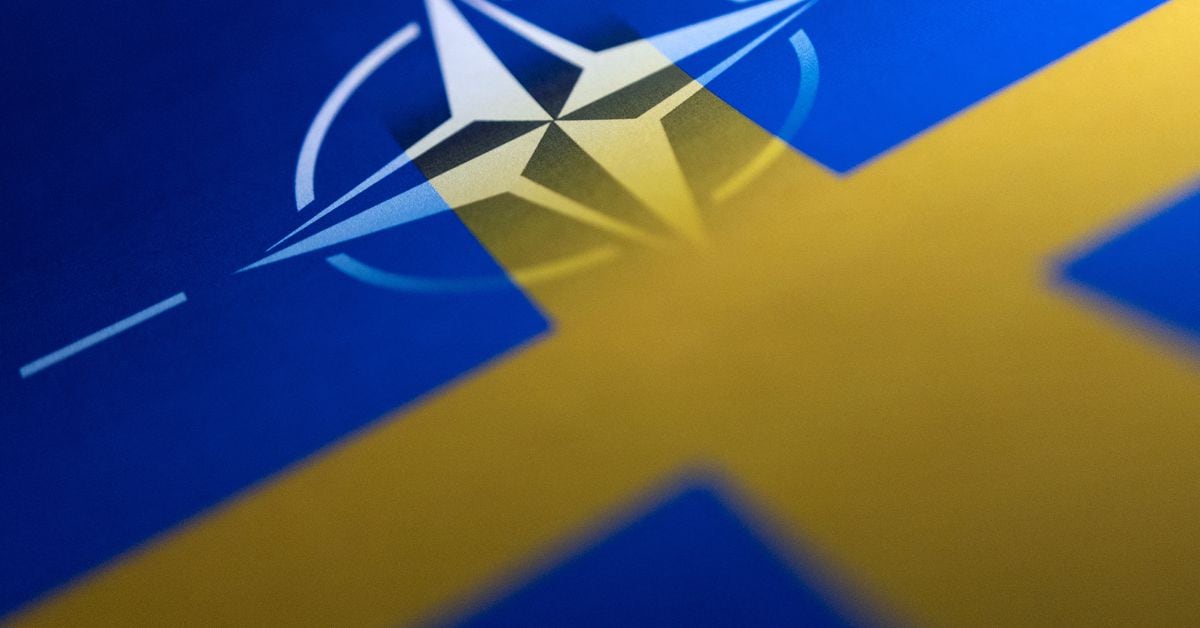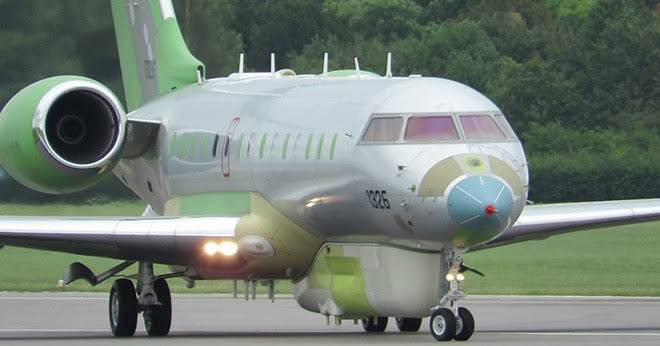They are also aware that they need orders to keep the production lines and workers, because as it stands entire thing will collapse on its own around 2030. Germany digging in its heels isn't even helping Germany here and actively hurting every other country in EF production.In the EF consortium, the UK in particular is taking a firm stance. Spain and the Italy also support this stance. Because all three countries have a good understanding of the value of the Turkish air force and a more coherent understanding of the geopolitics of continental Europe and the Mediterranean basin. My personal view is that these three countries will do whatever it takes to include the TAF in the EF ecosystem. If Germany continues to drag its feet, things might even get ugly.
Latest Thread
You are using an out of date browser. It may not display this or other websites correctly.
You should upgrade or use an alternative browser.
You should upgrade or use an alternative browser.
Yes, there is also this issue. In fact, what you have underlined is probably a more important factor than what I have written. So we can say that our hand is not weak actually. Turks can find jets, at worst they can go to some alternatives even if its combatant capacity is lower. But these factories cannot find a client like the TAF, believe me. What I mean is better understood when we compare the sortie/ year per platform rates of the air force. The Turks will use these planes to their limits, for decades... I think the defense ministry should be interested not only in the purchase of aircraft, but also in the ownership of the program. 13% is Spain's ownership of the program; it's a good percentage. Enough for the Turks giving another momentum to program and increase the profitability of these factories. If we can integrate our own systems and weapons into EFs in the future, this will not only enable the platform to achieve more flexible logistics, but also more manageable sustainment costs.They are also aware that they need orders to keep the production lines and workers, because as it stands entire thing will collapse on its own around 2030. Germany digging in its heels isn't even helping Germany here and actively hurting every other country in EF production.
Last edited:
And 4th generation, or rather 4.5, planes are not going anywhere, any time soon. Unless something drastically changes, not even the US wants to completely use 5th gen all the time, their operational costs are hefty and nobody wants to put unnecessary hours on them by using them in a mission where a 4.5 gen would do the trick. So, not only we would keep these EF's but there is a chance that we might even buy more.Yes, there is also this issue. In fact, what you have underlined is probably a more important factor than what I have written. So we can say that our hand is not weak actually. Turks can find jets, at worst they can go to some alternatives even if its combatant capacity is lower. But these factories cannot find a client like the TAF, believe me. What I mean is better understood when we compare the sortie/ year per platform rates of the air force. The Turks will use these planes to their limits, for decades... I think the defense ministry should be interested not only in the purchase of aircraft, but also in the ownership of the program. 13% is Spain's ownership of the program; it's a good percentage. Enough for the Turks giving another momentum to program and increase the profitability of these factories.
And then there is the issue of 6th gen. Sweden just left Britain's initiative and while they weren't a major contributor, that is still a loss of expertise and production capability, which we happen to have in abundance. I honestly wouldn't be surprised at all if Britain would ask us to join them in the future.
I think these generational distinctions are worthy of further discussion, and there are some gray areas. Geometry is OK, maybe there may be some problems in new gen propulsion systems, but even in the structural part, not to mention the tons of parameters marketed as the innovation of the fifth generation, such as electronics, combat, weapons and ammunition, machine-human communication, decision support systems and autonomy, sensor fusion, etc., I feel that what cannot be bring in 4th generation jets, is not discussed enough in defense forums among international defense enthusiasts.And 4th generation, or rather 4.5, planes are not going anywhere, any time soon. Unless something drastically changes, not even the US wants to completely use 5th gen all the time, their operational costs are hefty and nobody wants to put unnecessary hours on them by using them in a mission where a 4.5 gen would do the trick. So, not only we would keep these EF's but there is a chance that we might even buy more.
And then there is the issue of 6th gen. Sweden just left Britain's initiative and while they weren't a major contributor, that is still a loss of expertise and production capability, which we happen to have in abundance. I honestly wouldn't be surprised at all if Britain would ask us to join them in the future.
I never underestimate the fifth generation aircraft, the question I am asking is, what avionics, systems, sensors that you can put in the fifth generation jet but you cannot put in the 4th generation jet? This begs the question, does the force planning of an air force have to consist entirely of fifth generation jets? Is it a necessity to bear these costs or will hybrid force planning continue? Moreover, while groundbreaking new systems in the UCAV field are slowly coming to light.
What the future holds is another matter, but for today and for the next 20 years, full stealth operational capability is already theoretically controversial; in a real medium/high scale war scenario, not all units of the operation are composed of stealth aircraft. Also, communication of these stealth fighter jets with other elements is still a headache. The US has spent and continues to spend billions of dollars on this issue. Geometry is important, radar, thermal and chemical footprints are important, but just as important is the electronic footprint. How much of this will be unique to the fifth generation and will not be included in the fourth generation, and how much of it will be able to conduct joint operations with the fourth generation while maintaining stealth without compromising these features, are questions I have always wondered the answer to.
Proliferation of SAM systems is an ongoing process. How would you like to buy 100 planes 100 million euro each in an environment where they would all be shot down by your enemy the moment they took off and approached your border?I think these generational distinctions are worthy of further discussion, and there are some gray areas. Geometry is OK, maybe there may be some problems in new gen propulsion systems, but even in the structural part, not to mention the tons of parameters marketed as the innovation of the fifth generation, such as electronics, combat, weapons and ammunition, machine-human communication, decision support systems and autonomy, sensor fusion, etc., I feel that what cannot be bring in 4th generation jets, is not discussed enough in defense forums among international defense enthusiasts.
I never underestimate the fifth generation aircraft, the question I am asking is, what avionics, systems, sensors that you can put in the fifth generation jet but you cannot put in the 4th generation jet? This begs the question, does the force planning of an air force have to consist entirely of fifth generation jets? Is it a necessity to bear these costs or will hybrid force planning continue? Moreover, while groundbreaking new systems in the UCAV field are slowly coming to light.
What the future holds is another matter, but for today and for the next 20 years, full stealth operational capability is already theoretically controversial; in a real medium/high scale war scenario, not all units of the operation are composed of stealth aircraft. Also, communication of these stealth fighter jets with other elements is still a headache. The US has spent and continues to spend billions of dollars on this issue. Geometry is important, radar, thermal and chemical footprints are important, but just as important is the electronic footprint. How much of this will be unique to the fifth generation and will not be included in the fourth generation, and how much of it will be able to conduct joint operations with the fourth generation while maintaining stealth without compromising these features, are questions I have always wondered the answer to.
I don't think that the British people have any particular interest in Turkiye's air force or any of yst armed forces. Most people would like a product which sustains jobs in the UK getting another customer. The UK government are certainly interested in BAE Systems getting more business. I have no idea what special defence relationship the UK has or is seeking to have with Turkiye beyond that it has with other NATO members. It may be that the UK is interested in a closer relationship.In the EF consortium, the UK in particular is taking a firm stance. Spain and the Italy also support this stance. Because all three countries have a good understanding of the value of the Turkish air force and a more coherent understanding of the geopolitics of continental Europe and the Mediterranean basin. My personal view is that these three countries will do whatever it takes to include the TAF in the EF ecosystem. If Germany continues to drag its feet, things might even get ugly.
If Germany is not agreeable to Typhoon being supplied, what can the UK do to change that? I don't know how rhe system works in Germany but I imagine that it would be necessary to change the opinion of enough representatives in the Reichstag to get a majority to vote in favour of supplying Typhoon to Turkiye. I'm not sure if getting Scholz to back supply would be enough. The other three Eurofighter nations have not managed to persuade Germany to lift the ban on supplying Saudi Arabia.
I don't think that the British people have any particular interest in Turkiye's air force or any of yst armed forces. Most people would like a product which sustains jobs in the UK getting another customer. The UK government are certainly interested in BAE Systems getting more business. I have no idea what special defence relationship the UK has or is seeking to have with Turkiye beyond that it has with other NATO members. It may be that the UK is interested in a closer relationship.
If Germany is not agreeable to Typhoon being supplied, what can the UK do to change that? I don't know how rhe system works in Germany but I imagine that it would be necessary to change the opinion of enough representatives in the Reichstag to get a majority to vote in favour of supplying Typhoon to Turkiye. I'm not sure if getting Scholz to back supply would be enough. The other three Eurofighter nations have not managed to persuade Germany to lift the ban on supplying Saudi Arabia.
Once again what a big mistake to include Germany.
1326 is one of two of UAE's ELINT/SIGINT platforms dubbed Project Dolphin. They are to be a class of two G6000s. they were being converted by UK based Marshall Aerospace. 1326 in 2019 before delivery:Real picture of HAVA SOJ?


1326 United Arab Emirates Air Force Bombardier BD-700-1A10 Global 6000
1326 United Arab Emirates Air Force Bombardier BD-700-1A10 Global 6000 photographed at Cambridge (CBG / EGSC) by Ashley Wallace
Its ridiculous how 1 member can say no and veto the sale of the EF to Turkiye.
If the UK, Spain even Italy agree to sale what gives Germany this much power to veto?
Germany does not even make its own planes.
If the UK, Spain even Italy agree to sale what gives Germany this much power to veto?
Germany does not even make its own planes.
What gives us or small Hungary, the power to veto Sweden‘s entry to NATO ?Its ridiculous how 1 member can say no and veto the sale of the EF to Turkiye.
If the UK, Spain even Italy agree to sale what gives Germany this much power to veto?
Germany does not even make its own planes.
If it is written in the treaty, not a lot anybody can do!
I believe that the multi-national agreement for Eurofighter included provision for a country refusing to supply the parts it makes. I believe that alternative production can be set up and the cost of that can be charged to the country refusing to supply. However, I imagine that setting up alternative component production would not be practical and would delay delivery of an order by several years.What gives us or small Hungary, the power to veto Sweden‘s entry to NATO ?
If it is written in the treaty, not a lot anybody can do!
What gives us or small Hungary, the power to veto Sweden‘s entry to NATO ?
If it is written in the treaty, not a lot anybody can do!
You have a point there but it still sucks how much power Germany gets.
Germany will just sabotage Turkiye any chance they get.
President Erdogan is just a bullshit excuse for them.
This touches on the prospects of F-16 for Turkiye...

 www.reuters.com
www.reuters.com
As I have written elsewhere, I think it very unlikely that Turkiye will be allowed more F-16. Creating problems for NATO to include Sweden makes more F-16 even more unlikely.
Turkiye says it is now interested in buying Eurofighter. It hopes NATO members UK, Italy and Spain will push NATO member Germany to accept Turkiye as a customer yet appears to be trying hard to disaffect the countries whose help it wants. It looks like Turkiye is trying hard to rule itself out as far as F-16 and Typhoon are concerned... and, so far, is succeeding.

Turkey tells NATO that Sweden won't join by next week's meeting - sources
Turkey has informed NATO that ratification of Sweden's membership bid will not be completed in time to allow the country's accession ceremony at a meeting of alliance foreign ministers next week, two sources familiar with the matter said on Wednesday.
As I have written elsewhere, I think it very unlikely that Turkiye will be allowed more F-16. Creating problems for NATO to include Sweden makes more F-16 even more unlikely.
Turkiye says it is now interested in buying Eurofighter. It hopes NATO members UK, Italy and Spain will push NATO member Germany to accept Turkiye as a customer yet appears to be trying hard to disaffect the countries whose help it wants. It looks like Turkiye is trying hard to rule itself out as far as F-16 and Typhoon are concerned... and, so far, is succeeding.
NitricAcid
Active member
German unions back Turkey’s effort to buy Eurofighters amid fears workforce will be lost

German unions back Turkey’s effort to buy Eurofighters amid fears workforce will be lost | The National
Turkey wants to buy 40 Eurofighter Typhoons but has struggled to gain Germany's backing
Or, those countries that are trying to blackmail Turkey into getting what they want are failing. Why is it on us that our supposed allies are fucking us over while selling weapons left and right and to countries that have done incomparably worse than us? The disrespect they, and you in this comment, show to Turkey is appalling. We are not some small country that doesn't really have any impact on NATO. Fuck Sweden, they shouldn't get anywhere near NATO until *after* we get our planes.This touches on the prospects of F-16 for Turkiye...

Turkey tells NATO that Sweden won't join by next week's meeting - sources
Turkey has informed NATO that ratification of Sweden's membership bid will not be completed in time to allow the country's accession ceremony at a meeting of alliance foreign ministers next week, two sources familiar with the matter said on Wednesday.www.reuters.com
As I have written elsewhere, I think it very unlikely that Turkiye will be allowed more F-16. Creating problems for NATO to include Sweden makes more F-16 even more unlikely.
Turkiye says it is now interested in buying Eurofighter. It hopes NATO members UK, Italy and Spain will push NATO member Germany to accept Turkiye as a customer yet appears to be trying hard to disaffect the countries whose help it wants. It looks like Turkiye is trying hard to rule itself out as far as F-16 and Typhoon are concerned... and, so far, is succeeding.
Well said. If it was up to me, I'd keep them out forever.Or, those countries that are trying to blackmail Turkey into getting what they want are failing. Why is it on us that our supposed allies are fucking us over while selling weapons left and right and to countries that have done incomparably worse than us? The disrespect they, and you in this comment, show to Turkey is appalling. We are not some small country that doesn't really have any impact on NATO. Fuck Sweden, they shouldn't get anywhere near NATO until *after* we get our planes.
They haven't showed a single iota of progress on the accords they pledged to uphold, and they're trying to weasel their way out of that using stupid populist ways like letting citizens make a show out of hate crimes.
Fatherless behavior manifest as a country.
Have it your way. Let's see how this pans out.Or, those countries that are trying to blackmail Turkey into getting what they want are failing. Why is it on us that our supposed allies are fucking us over while selling weapons left and right and to countries that have done incomparably worse than us? The disrespect they, and you in this comment, show to Turkey is appalling. We are not some small country that doesn't really have any impact on NATO. Fuck Sweden, they shouldn't get anywhere near NATO until *after* we get our planes.
Yes, Turkiye is 'not some small country that doesn't really have any impact on NATO.' It clearly does. It's a member which has been creating problems for NATO. Can you explain why NATO members should help Turkiye out because it has a problem with the US supplying fighters?






